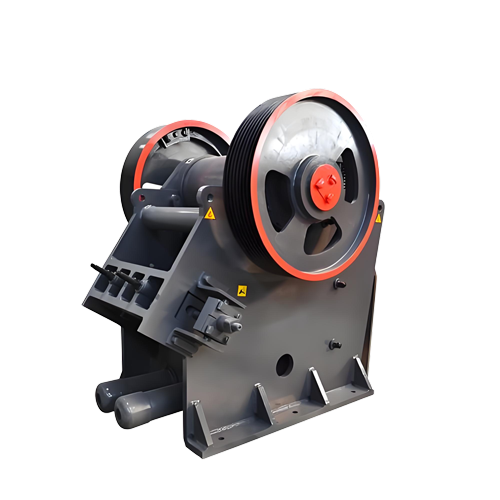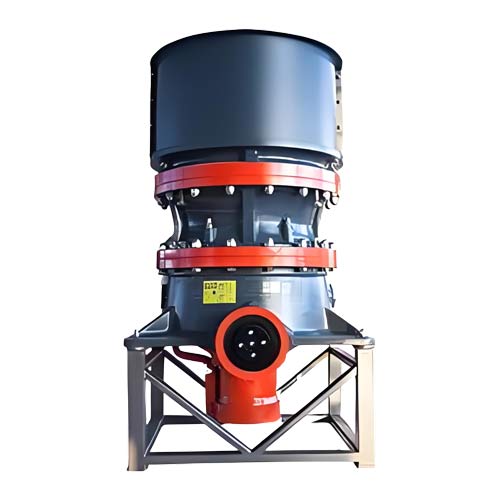Can spodumene be processed with Raymond mill?
Raymond mill is the first choice for spodumene processing: it is highly efficient and energy-saving, occupies a small area, and has low investment. It can easily process 80-400 mesh powders and meet the needs of multiple scenarios such as ceramics and batteries. Pretreatment is required when the humidity exceeds 6%.

Applicability analysis of Raymond mill
Hardness and humidity requirements: Spodumene’s Mohs hardness is typically between 6 and 7, which meets the Raymond mill’s requirement for processing materials with a Mohs hardness below 7. Raymond mills are also suitable for materials with a humidity level of less than 6%. If the spodumene raw material has a higher humidity, pretreatment (such as drying) can be used to meet the requirements.
● Finished product particle size: The finished product particle size range of Raymond mill is usually 80-400 mesh, which can meet the processing needs of spodumene coarse powder and fine powder, and is suitable for different application scenarios (such as ceramics, glass, battery materials, etc.).
● Equipment performance advantages:
○ High efficiency and energy saving: The new Raymond mill (such as GK1700) increases output by 30%-40% and reduces energy consumption through structural optimization, making it suitable for large-scale production.
○ Stability and reliability: The equipment has low vibration and noise, adopts a multi-layer sealing structure, has a long maintenance cycle, and reduces downtime.
○ Land occupation and investment cost: compact structure, small floor space, relatively low initial investment, suitable for small and medium-sized enterprises.

Practical applications in spodumene processing
● Raymond mill has been widely used in the grinding of spodumene roasted materials, especially for processing to a fineness of about 200 mesh, which meets the grinding requirements in the spodumene lithium extraction process.
● Raymond mill is also applicable to the reuse of spodumene tailings (such as the production of microcrystalline glass and cement admixtures), and the fineness can be adjusted to meet the production requirements of different building materials.
Notes
● Raw material pretreatment: If the spodumene ore is large in size, it must first be crushed to ≤30mm by a jaw crusher or other equipment before entering the Raymond mill.
● Humidity control: If the material humidity exceeds 6%, drying equipment must be configured or a vertical mill with a drying function must be selected to ensure the grinding effect.
● Fineness requirement: If ultrafine powder (such as 325-2500 mesh) is required, Raymond mill may not be able to meet the requirements. In this case, ultrafine vertical mill or ring roller mill should be considered.
Conclusion
Spodumene can be processed using a Raymond mill, which is particularly suitable for producing medium-fine powders (80-400 mesh). It offers advantages such as high efficiency, energy conservation, and low investment costs. However, the appropriate Raymond mill model should be selected based on the specific fineness requirements, raw material characteristics, and production scale, along with the necessary pretreatment or grading equipment.
Related Products
Inquiry
Please leave us your requirements, we will contact you soon.





